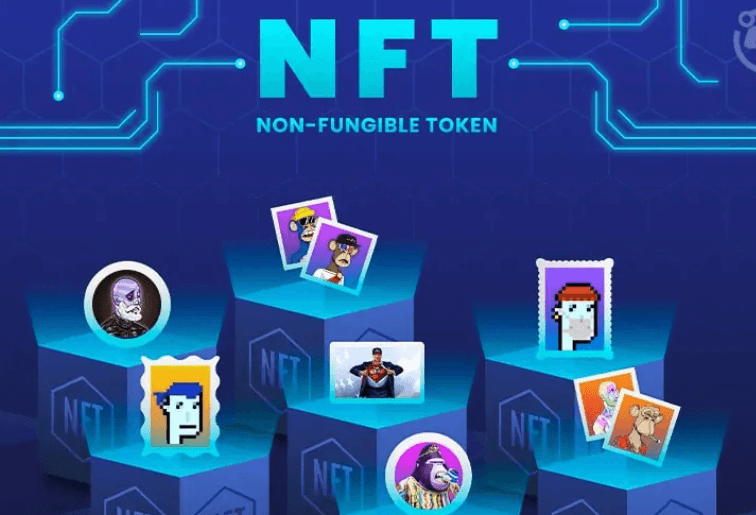Prior to NFT tokens, it was a major issue for artists to check the authenticity of work. NFTs are presently an inexorably unmistakable topic in digital art. The non-replaceable tokens make various new freedoms for the two artists and financial backers. In any case, fundamentally why NFT and digital art are an extraordinary mix?
How NFT is helping the digital arts
An NFT is a token, which is a unit of information put away in a digital record, called a blockchain NFT, that confirms that a digital resource is exceptional and unforgeable. This permits a particular token to work as a sort of authority thing. NFT is a class of special tokens that are made to be non-interchangeable, dissimilar to tokens like Bitcoin or Ether – for their situation, every token addresses an indistinguishable value.
NFT permits artists a better approach to adapt their work. For instance, painters can tokenize their paintings and writers can tokenize their sonnets. Obviously, tokenization isn’t generally important to adapt digital art, however, it will without a doubt set out imaginative open doors in such a manner. Most importantly, NFT will bring new norms of accreditation of innovation and uniqueness to the art business. Additionally, it will fundamentally work with the exchanging of digital works while upgrading the security of transactions. Also, a few stages committed to NFT art exchanging give a chance to artists to acquire from the resale of their work by a gatherer.
Prior to NFT tokens, a major issue for artists was confirming the inventiveness of their digital work and shielding themselves from counterfeiting. The blockchain-based digital record is impervious to duplicating, making it an accreditation of the innovation of digital art.
When does the world become keen on tokenizing digital art?
In contrast to NFT, digital art has been with us for quite a while – if by some stroke of good luck as PC designs that we interface with consistently. As of late, blockchain has empowered its adaptation recently – through tokenization. The world media considered the artistic NFT phenomenon when Christie’s sale house sold a digital montage by Beeple named “Everyday: The First 5000 Days” for $69 million. Furthermore, an Instagram writer sold one of her sonnets on Nifty Gateway, procuring about $75,000.
Development of NFT
The development of the NFT market is acquiring force. More makers are keen on this method of adapting their work. What’s more, NFT as another sort of collectible product likewise excites developing revenue among financial backers.
The most famous NFT token standard is ERC-721, presented back in 2018. In any case, it was in 2021 that the ascent in prominence of non-interchangeable tokens took on new energy. This corresponded with the shift of numerous educational encounters, including social ones, to the web-based space because of the COVID pandemic. Maybe this pattern will drive the development of the digital art tokenization market. In addition, the youthful age that is simply entering adulthood is progressively keen on creative digital items. In the event that one has longed for claiming a digital artwork, it has now become a lot simpler.
Also read:
NFT development platforms
Making basic NFTs, like illustrations, collectible cards, or GIFs, is a somewhat straightforward interaction, in any event, for individuals absent a lot of information on blockchain technology. Currently, by far most of NFTs are made on the Ethereum blockchain. An ever-increasing number of platforms devoted to this reason for existing is showing up available:
OpenSea
Rarible
SuperRare
Establishment
Legend Market
NFT and art – synopsis
The conveyance of NFT tokens isn’t just one more channel for adapting one’s work, yet most importantly, it is a huge advance towards the spread of digital art. Somewhat recently, art (counting music) has changed significantly on account of PCs and digitization. It is blockchain technology that is probably going to acquire the following insurgency in this field.

